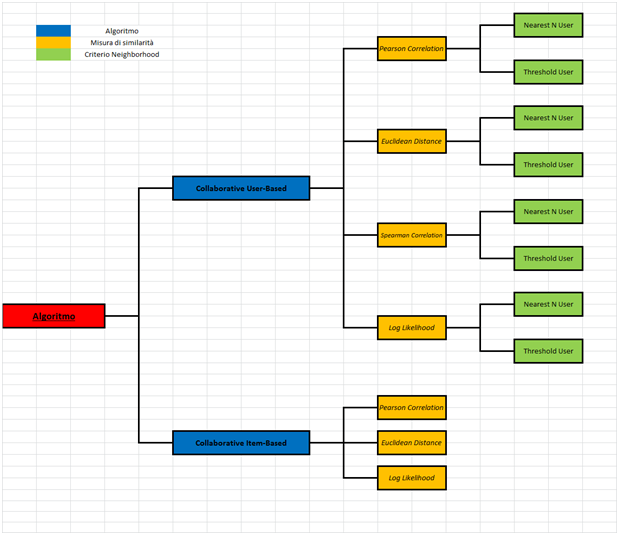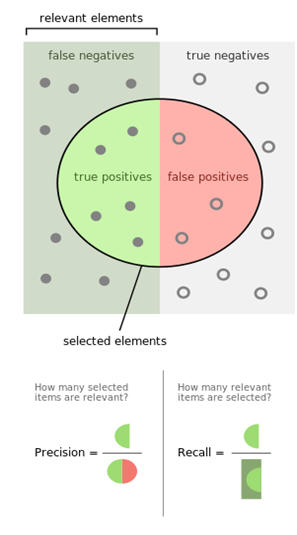Business Cases
Deutsche Bank // Finance Area

The Marketing Division of Deutsche Bank, always looking for innovative solutions, is using SUADES to identify the satisfaction of the products by customers.
Through the matrix generated "customer / product / rate" SUADES identifies all the customers who "like" more a specific product or which products are more "acceptable" by a specific customer.
The information is used:
- From the customers’ administrators through CRM or app ad hoc to suggest new products or give appropriate information
- About home banking
- To send sms or mails
- By mobile by geo-apps
- For statistics
- To foresee if products are liked or not
- For survey actions on customers who intend to give up
- For customer retention
To achieve the best performance SUADES analyzes different data of each customer: products already owned the life cycle of economic status the style of relationship between customer and bank the changes that have occurred recently in the client's financial situation.
Picture 1 shows a screen shot of used feedback in SUADES.

Picture 1. Feedback used in SUADES
The service is provided in a non-invasive: the bank periodically sends customers data to Conquist that provides to process them through SUADES and to return to the bank matrix "customer / product / rate".
The bank can remotely access the system to perform independently any type of analysis and to calibrate at will the various parameters SUADES.
We considered two types of algorithms, both the type "collaborative filtering", based on collaborative approach.
These algorithms belong to two families: User-based collaborative Item-based collaborative.
The algorithms of the collaborative type "user-based" perform the comparison between each pair of rows of the matrix of the initial data (ie customers) to calculate a quantitative measure of similarity.
In this way they identify groups of similar customers, ie customers with similar preferences (which tend to buy the same financial products) to estimate the probability of purchase of each product by each customer using the data available related to the group of similar customers.
The algorithms of the collaborative type "item-based" perform the comparison between each pair of columns of the matrix of the initial data (ie products) also in this case through a metric of similarity.
The algorithm identifies groups of similar products, ie products that tend to be bought by the same customers.
Also in this case the estimation of the probability of purchase is carried out using the set of data identified because of similarities. Similarity measures They have been implemented in the system Recommendation four different similarity measures:
- Pearson Correlation
- Euclidean Distance
- Spearman Correlation
- Log Likelihood
The Pearson correlation coefficient is obtained by dividing the covariance (the covariance is a measure of dependence) between two series of data for the product of the standard deviations of each set (the standard deviation is a measure of dispersion). For example, if we consider an algorithm of user-based, each set of data describes the information about a customer. The similarity between two customers is therefore obtained by dividing the covariance between the two customers for the product of the standard deviations of each client.
The Euclidean distance is obtained by considering two sets of data (for example, two customers), calculating the differences between similar components (for example the difference between the ages of customers), summing the squares of the differences and calculating the square root.
The correlation coefficient of Spearman can be considered a variant of the Pearson coefficient suitable for ordinal variables. This type of metric can be particularly useful in the case of systems Recommendation when customer preferences are expressed through "rating" expressed in a scale integer values (for example, a five-value scale as in many websites).
Test Log-Likelihood is a statistic that, in general, allows you to say with some probability that two models are identical. The test provides, therefore, also a metric to calculate the similarity between two models, or two sets of data.
Amplitude of the neighborhood
Since the algorithms used exploit the similarity between customers or products, it is important to identify the number of objects (clients or products) similar to be considered to make the estimate of the probability of purchase.
Suades is used by varying the number of similar objects considered, namely the "breadth of the neighborhood" (neighborhood in technical terminology).
There are two criteria:
- Nearest N User
- User Threshold
Nearest N User, is to explicitly set the number of similar items to be considered.
Threshold User provides instead a threshold of similarity: the algorithm considers only customers (or products) that are of value similarity below the threshold (the number of customers is therefore variable and not predictable).
Picture 2 shows a diagram of the activities carried out through the first three parameters.

Picture 2. Diagram of the algorithms, similarity metrics, criteria amplitude of the neighborhood considered.
Performance Indicators
We considered three performance indicators:
- Precision
- Recall
- F-Measure
Precision is the ratio of the number of recommendations provided properly (the products with high purchase probability that have been actually purchased by the customers) and the number of total recommendations (all products with a high probability of purchase).
Recall is the ratio between the number of correct recommendations (the same numerator of Precision) and the number of total purchases (all products purchased by the customer).
F-measure (F) is a combination of the other two calculated as twice the ratio between the product of Precision and Recall divided by the sum of Precision and Recall.
Picture 3 shows a diagram of calculation of Precision and Recall.

Picture 3. Scheme of calculation of Precision and Recall.
Panini // Publishing Area
 Read the article published in the newspaper "Repubblica"
Read the article published in the newspaper "Repubblica"
 Read the article published in the newspaper "La Gazzetta dell'Economia"
Read the article published in the newspaper "La Gazzetta dell'Economia"
Visit Panini website
Amplita // Social Area
Three are the main components, realized by the Team, during the Project:
- The web portal AMPLITA, to consent the network of interests;
- The ”semantic matching “ motor MSM for the initial period;
- The Suades Recommendation System, to create automatically the selected initiatives in the user’s profile.
In particular Suades has the task to “understand” each AMPLITA user’s interests through his behaviours and automatically “to select” and to show only the initiatives of interest, especially the most important ones.
READ MORE
Visit Amplita website
MediaShopOnline // E-Commerce - Electronic Area
Action to anticipate consumer choice and push to buy the same product several times (up-selling) or products completely different from those already purchased (cross-selling).
Visit MediaShopOnline website
Frhome // E-Commerce - Food Area
Action to anticipate consumer choice and push to buy the same product several times (up-selling) or products completely different from those already purchased (cross-selling).
Visit Frhome website
Accademia // E-Commerce - sheet Music Area
Action to anticipate consumer choice and push to buy the same product several times (up-selling) or products completely different from those already purchased (cross-selling).
Visit Accademia website


